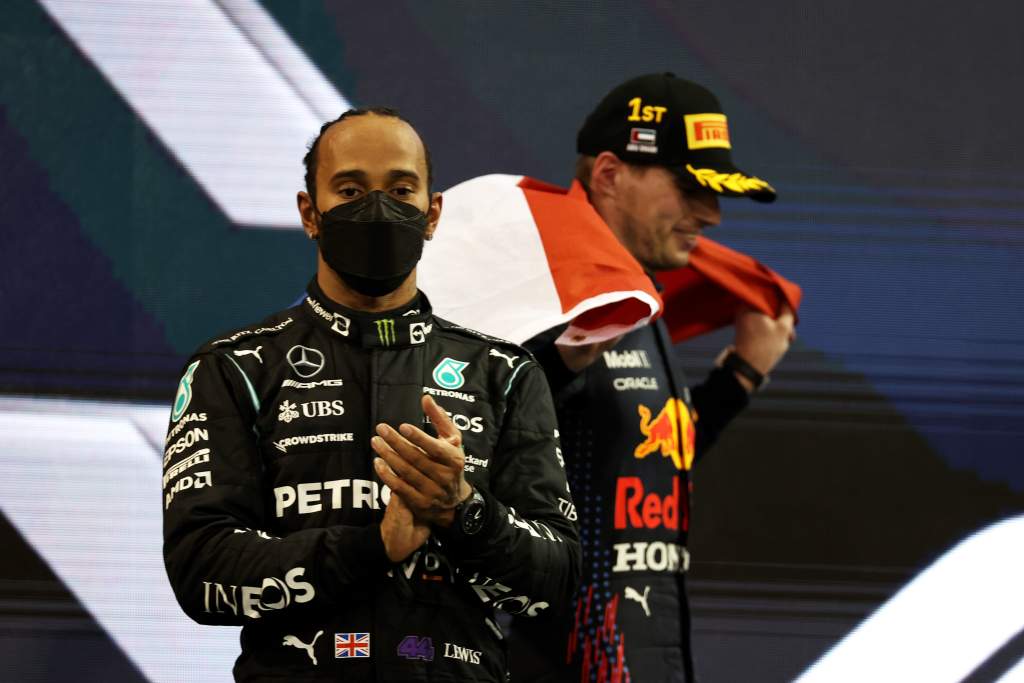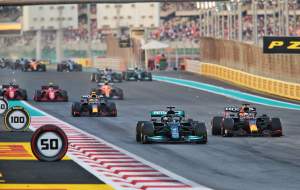Up Next

Mercedes has protested the result of the Abu Dhabi Grand Prix based on the safety car protocol that cost Lewis Hamilton victory and the Formula 1 title.
A late safety car was required after Nicholas Latifi crashed.
Hamilton was leading comfortably at this stage and on course to win his eighth world championship.
Red Bull decided to pit Max Verstappen for soft tyres so he had a tyre advantage if the race resumed.
FIA regulations dictate that before a safety car period ends lapped cars are allowed to overtake when the race director deems it safe to do so.
Once the last lapped car has passed the leader the safety car will return to the pits at the end of the following lap.
However, during the recovery of Latifi’s car it was initially communicated that lapped cars would not be allowed to overtake.
This would have kept five cars between Hamilton on old hard tyres and Verstappen on fresh softs.
Then it was communicated that those five cars alone would be allowed to unlap themselves.
The safety car then returned to the pits, setting up a one-lap shootout for the race and the title – in which Verstappen used his better tyres to prevail.
Mercedes has subsequently launched two protests. One is against the classification established at the end of the competition based on the safety car protocol as outlined in Article 48.12 of the sporting regulations not being followed.
The other is an alleged breach by Verstappen under the safety car, specifically a breach of the regulation that dictates no overtaking under the safety car.
The documentation does not offer more detail on this allegation, but it could relate to the moments in the build-up to the restart, when Verstappen drew alongside Hamilton at Turn 12 in particular while the Mercedes tried to control the pace before the green.
Red Bull’s Christian Horner responded to the news of the protest by saying: “We are disappointed there has been a protest, but we trust in the FIA.”





